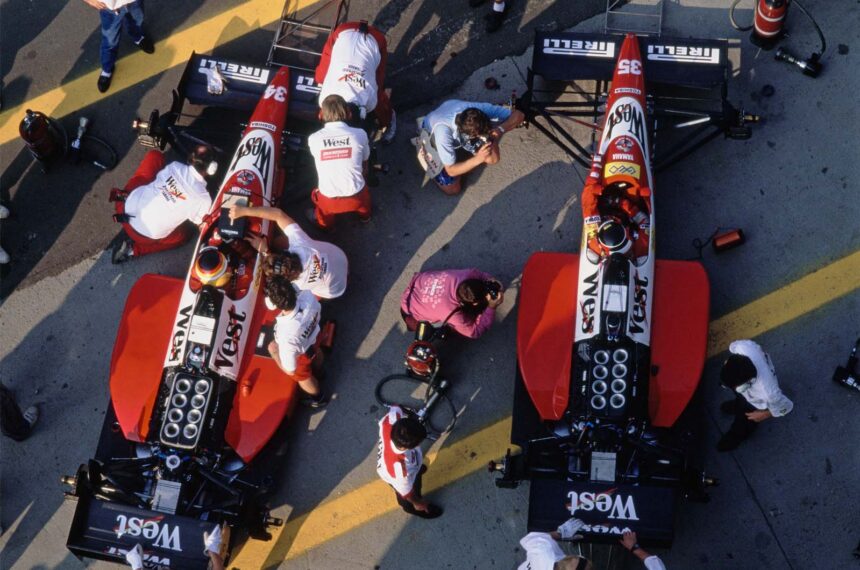Andretti, a top motorsport firm, has made headlines with its application to join Formula 1. With star technical staff, a promise of General Motors as its engine supplier, and a willingness to pay the $200 million entry fee, expectations were high. However, the response from Formula 1 has been less than welcoming.
Back in the 1980s, the landscape of Formula 1 was vastly different. Powerhouses like Ferrari, McLaren, and Williams dominated the scene, while smaller, less competitive teams struggled to make their mark.
In 1989, the competition reached a fever pitch with a record 40 cars entered for races, despite only 26 being allowed on the grid. This led to a pre-qualifying session where some teams failed to even make it to the starting line.
The influx of entries was a result of F1 banning turbo engines due to safety concerns and cost issues. This opened the door for teams with atmospheric engines in various configurations to try their luck in the sport.
The logistical nightmare of accommodating so many teams was evident, with paddocks overflowing and teams being asked to leave if they failed to pre-qualify. Smaller teams like BMS Scuderia Italia, Osella, and Minardi faced an uphill battle against the established giants.
Despite their best efforts, some teams like First faced setbacks, with their car failing crash tests and their designer disowning the project. The harsh reality of F1’s competitiveness was laid bare.
As the season kicked off in Rio, the minnows struggled to keep up with the frontrunners, lagging behind by significant margins. The gap in performance was stark, highlighting the challenges faced by the smaller teams.
Looking back, the 1980s were a tumultuous time for Formula 1, with the contrast between giants and minnows starkly evident. While some teams thrived, others faltered, underscoring the unforgiving nature of the sport.







